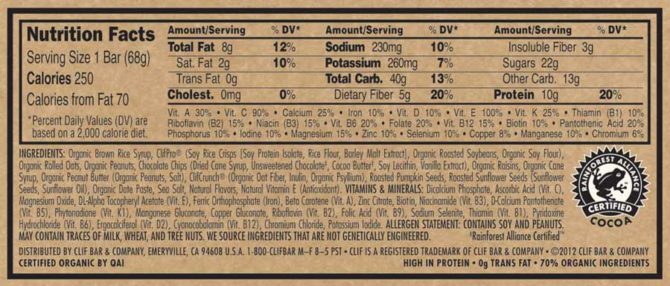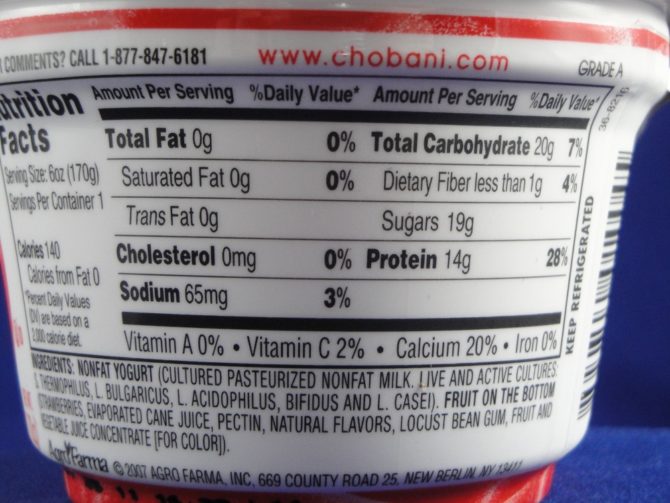When I first got to college, I’ll admit, I was not too concerned with what I was feeding my body. I had spent the majority of my life eating whatever I wanted and never gaining a pound, but when I stopped playing a vigorous sport like softball six days a week for 50 weeks out of the year, my body started responding differently.
I found that I couldn’t eat those three bowls of cereal, grilled cheese, salad, and ice cream cone every day for dinner, even if I was hitting the gym most days. While I didn’t pack on that notorious freshman 15, I started to dislike the way I looked for the first time in my life.
Last summer, I took the time to evaluate what I was putting into my body and devise a way to eat healthy while still having fun with food. That process, for me, started with learning the ins and outs of nutrition labels.
Not only did the nutrition facts for some “healthy” foods astound me, but I was also left disgusted by some of the unnecessary additives used to prolong shelf life or simply enhance color.
I also took a look at my university’s dining service website, which detailed every nutritional tidbit of most dishes and snacks on campus. A small veggie flatbread pizza, a favorite of mine, had 698 calories and a whopping 18 grams of saturated fat, 82 percent of your recommended daily intake. Pair that with a small side of mac and cheese, and you have a lunch that is doing your body some harm.
Let’s look at a typical post-workout snack or light lunch: a Clif Bar and a Chobani strawberry yogurt.

Photo courtesy of theconscientiouseater.com
If you look at that long list of ingredients in this not-so-healthy energy bar, you may find yourself stumbling over words like “phytonadione” or “copper gluconate.” The former is used in medicine to aid those whose blood does not clot normally, which almost seems unnecessary in a simple chocolate and nut Clif Bar.
While words like “organic” seem enticing, there is much debate on whether or not the term really makes a difference in the food you’re eating. The company is certified by Quality Assurance International, a USDA-accredited agency, but to the typical college kid, there is probably little value in such a certification.
As for the Greek yogurt, which is touted as an awesome fuel and a source of protein for vegetarians like me, there is a similar label.

Photo courtesy of fitnessmassterminds.com
While the ingredients list is substantially shorter and a 6-ounce container contains 14 grams of protein, the sugar content was the most alarming tidbit on the label.
The American Heart Association recommends that women consume approximately 25 grams of sugar per day, but these few scoops of yogurt contain just six grams short of that. Pairing the yogurt with the Clif Bar, which has a colossal 22 grams, means that you would be consuming almost double the recommended amount.

Photo courtesy of wisegeek.com
In a 2014 study done by Harvard, high sugar intake is positively correlated with an increase in the risk of heart disease. Beyond the yogurt and Clif Bar is a whole list of food marketed as “healthy” that all contain added sugar.
Now, I am the friend constantly reminding those around me of what’s actually in our food. The information is right in front of us, yet a vast majority neglect or simply skim the label.
The FDA just announced a change in the way labels are presented, meaning that information on risks and links to certain diseases are starting to be included. Hopefully making information more digestible will entice people to scrutinize their daily consumption habits.
If you’re still lost on what your nutrition labels are really telling you, take a look at these four tips to deciphering them. Healthy eating doesn’t have to be intimidating, and it most definitely can be fun. So grab that nearest cereal box or can of ravioli and get to know your food.


